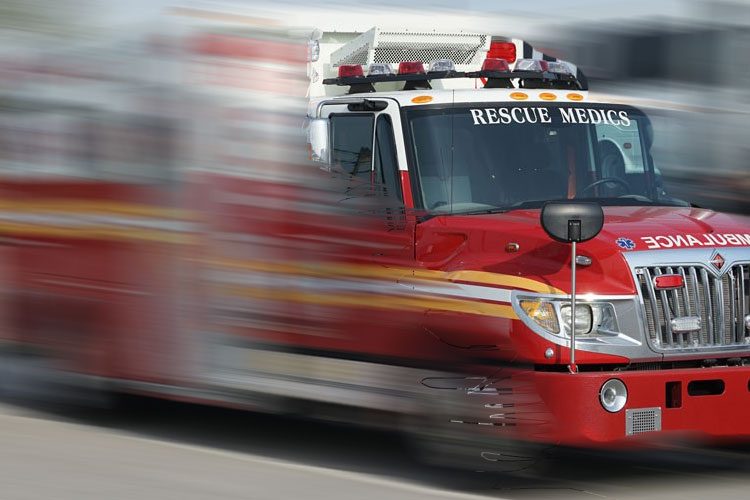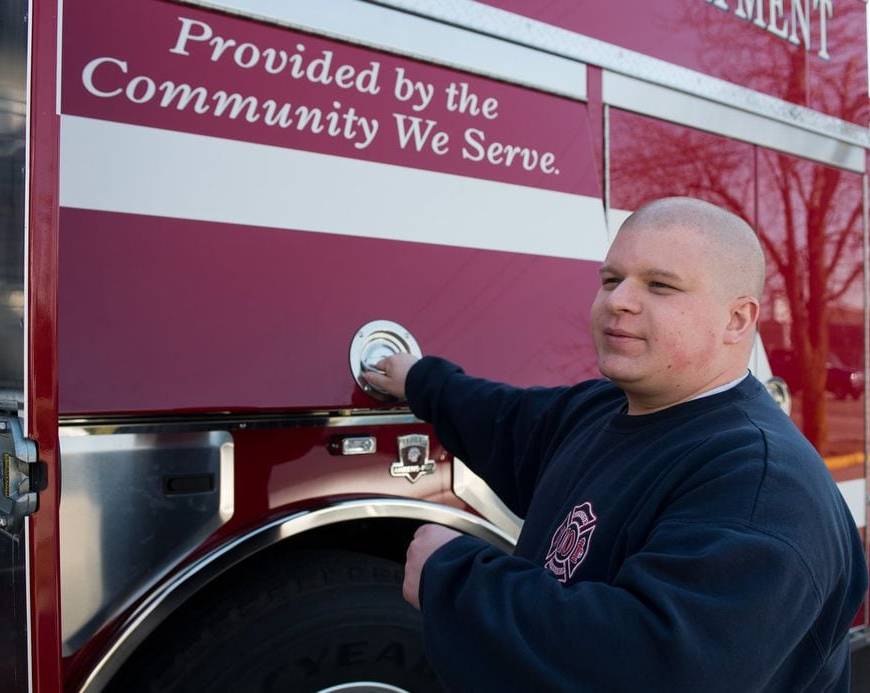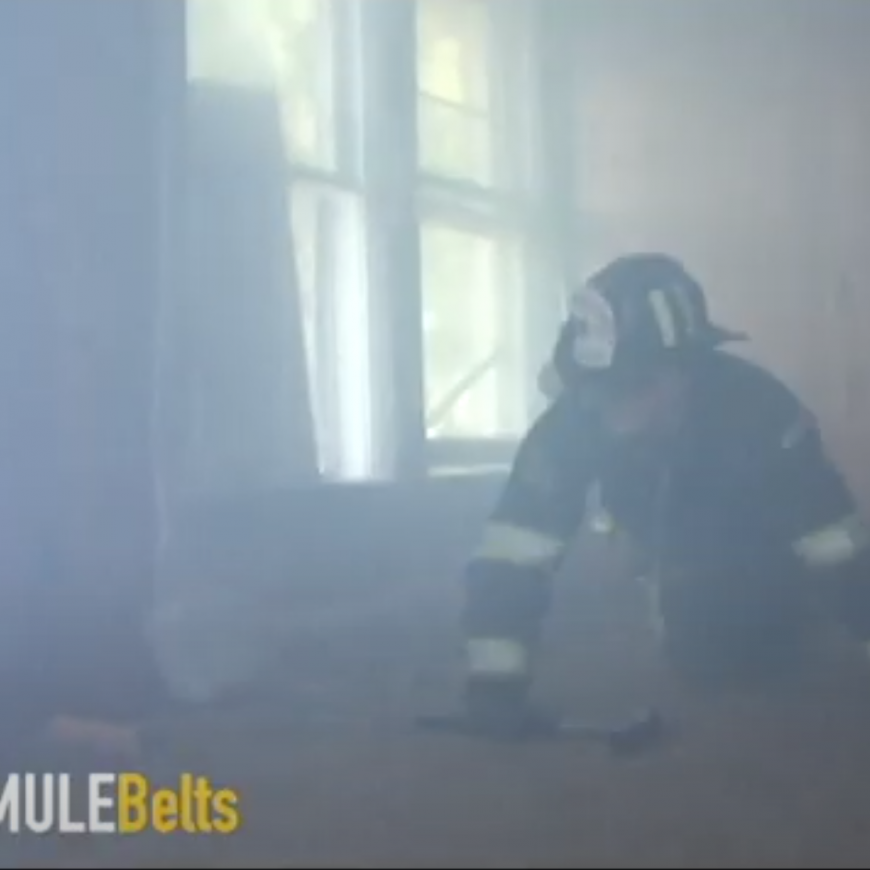Responding to Seizures
By Michael Morse
A common call for an engine company emergency medical services (EMS) crew is a possible seizure. On arrival, there are several special considerations, which follow:
- Scene safety. Often, a person who experiences a seizure can become disoriented or violent.
- Patient safety. Seizure activity may result in injury to the patient.
- Observers. Family, friends, coworkers, or bystanders who witness the events leading to the 911 call may be upset by what they have witnessed. Sometimes, seizure-like activity is violent; other times, it may be just odd. Often, seizures are fairly uneventful.
Any event resulting in a call to 911 is far from normal. Often, the event that precipitated the 911 call is over prior to our arrival. Our presence does not mitigate the stress and concern that bystanders feel. It is imperative we understand that, although the scene may appear under control and calm, the actual event took place before our arrival.
Although a call for a seizure is common, our findings on arrival are anything but. A common misconception involving a seizure response is the responders expecting their patient to be showing obvious signs of distress. This article will hopefully help firefighters assigned to advanced life support units better understand seizure activity. Seizures present in many different ways; understanding the different presentations of seizure-like activity helps form a treatment plan and a clear, concise radio report.
Seizure-like activity is a dramatic event for the patient and witnesses. Generally, by the time an engine company EMS crew arrives on scene, the worst is over. Loss of consciousness, body stiffening, jerking, and shaking may have happened. The possibility of the patient biting their tongue or cheek also exists. Keep in mind, the events leading up to a 911 call for a seizure were far from peaceful.



